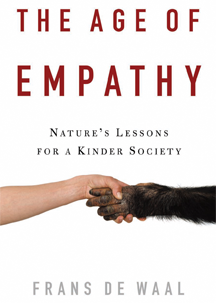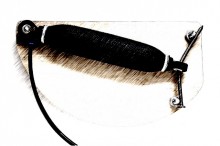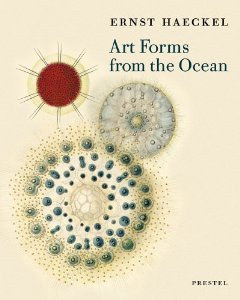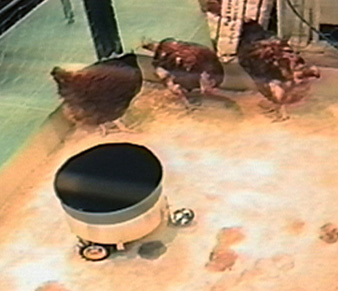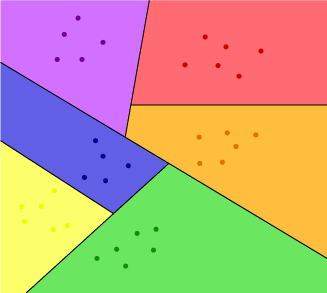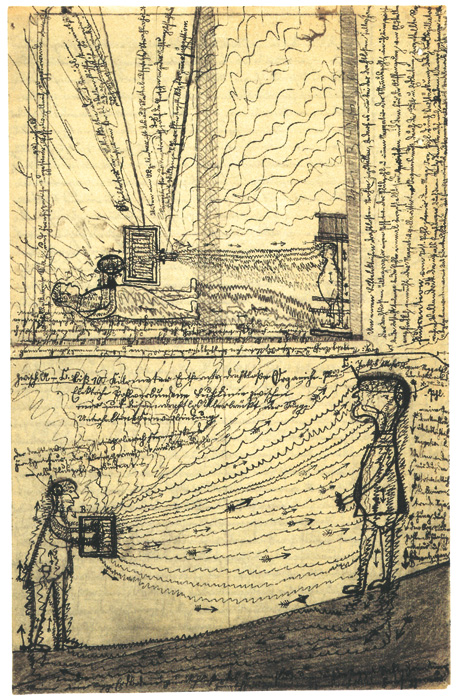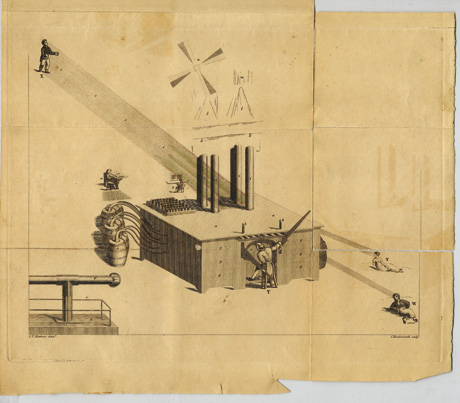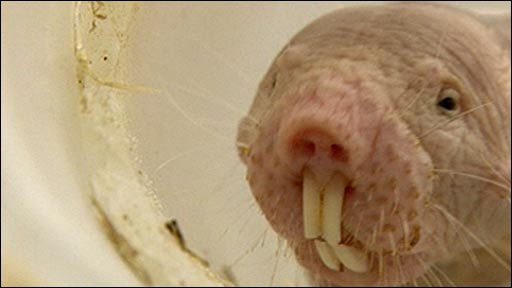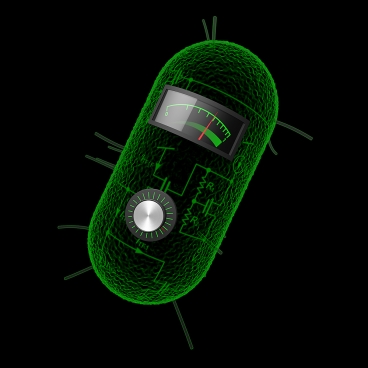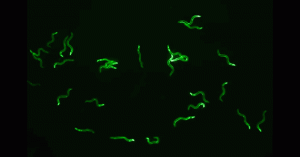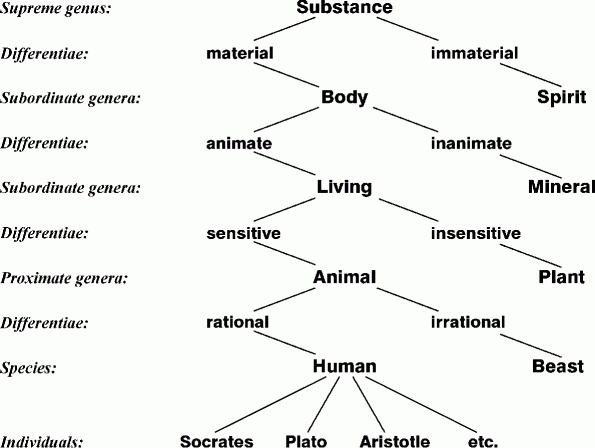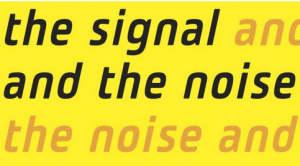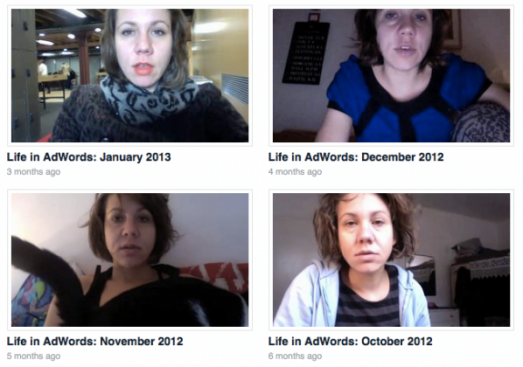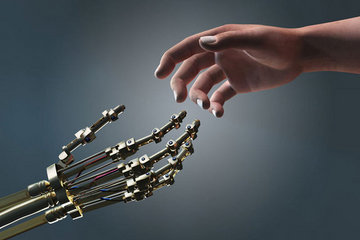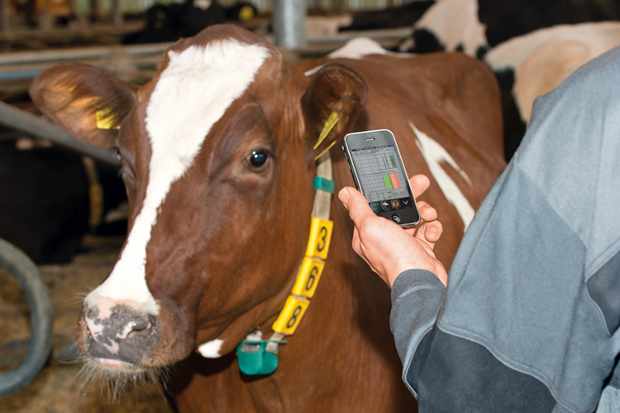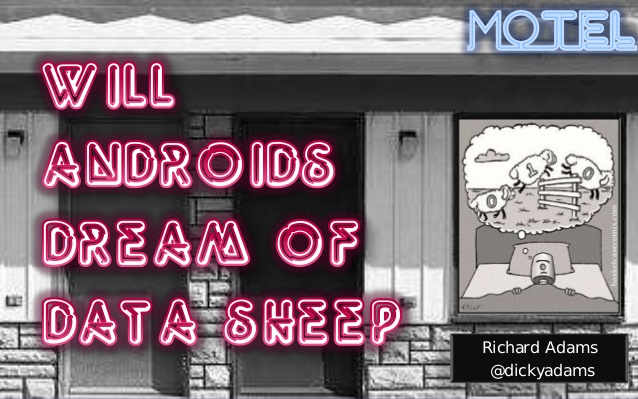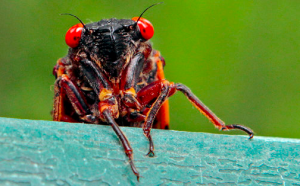Very loose article that doesn’t tell us what an idea or a dream may comprise, so hard to know if the software is indeed creating them. It’s interesting to see how the software is described – very evocative words, but hard to penetrate any actual meaning.
====
“THE FUTURIST recently spoke with Stephen Thaler, inventor of the Creativity Machine and president and CEO of Imagination Engines Inc., about the principles behind this powerful form of artificial intelligence, the reasons why consciousness itself may simply be a neurologically induced illusion, and the technology’s potential for both good and evil.
THE FUTURIST: To begin, could you explain a little about how the Creativity Machine works, and how you designed synthetic neural networks capable of generating ideas?
Stephen Thaler: In 1975, I discovered that trained artificial neural networks spontaneously “dream” potentially useful information that transcends what they already “know,” once they are properly stimulated by random disturbances (i.e., noise) to their internal architectures. Such disturbances within an artificial neural net are tantamount to heat in the biological neural networks of the brain.
Essentially, one artificial neural network, an “imagitron,” is stimulated via computationally simulated heat to dream new ideas, while another network, a “perceptron,” perceives value or utility to this stream of candidate ideas. The perceptron can micromanage the simulated heat in the imagitron so as to coax the imagitron to cough up its best ideas.
To those unfamiliar with the concept of an artificial neural network, this very concise description may not pack much punch. After all, a computer algorithm can be written by a computer programmer to generate a crapshoot of possible solutions to a problem. Furthermore, the same programmer can write another algorithm to filter for the very best of the ideas generated by the first (i.e., a genetic algorithm). But a Creativity Machine is composed minimally of two neural nets, a perceptron and an imagitron, and neither of these algorithms is written by human beings. Each is self-assembling.
For me, coming out of the culture of physics, this theory of the mind and the accompanying AI paradigm send shivers down my spine: It is a simple, elegant, and immensely powerful concept, accounting for the breadth of human cognition and consciousness while supplying the core principle for many future generations of artificial intelligence.”
READ MORE: THE FUTURIST, July-August, 2009.

